Physicists have attempted a new way of controlling nuclear fusion and it has worked.


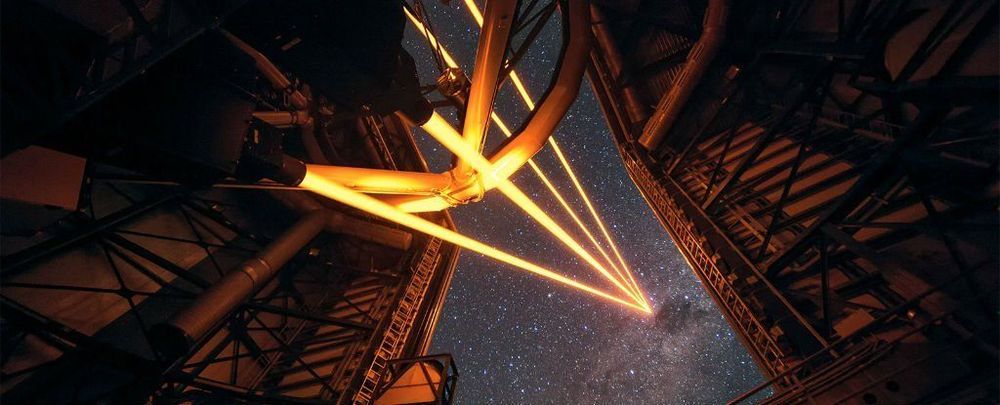
To see distant stars and planets, astronomers must first calibrate their equipment to compensate for Earth’s blurry atmosphere — and that’s a whole lot easier said than done. In fact, to pull it off, they have to actually create artificial stars, dubbed ‘guide stars’, using really, really big lasers.
Now, researchers from the European Southern Observatory’s (ESO) Paranal Observatory in Chile have created the most powerful one to date — a system they call the Four Laser Guide Star Facility (4LGSF).
The new system, which has been tested since last September, works by shooting four 29.9-centimetre (11.8-inch), 22-watt beams into the atmosphere to basically mark the sky.
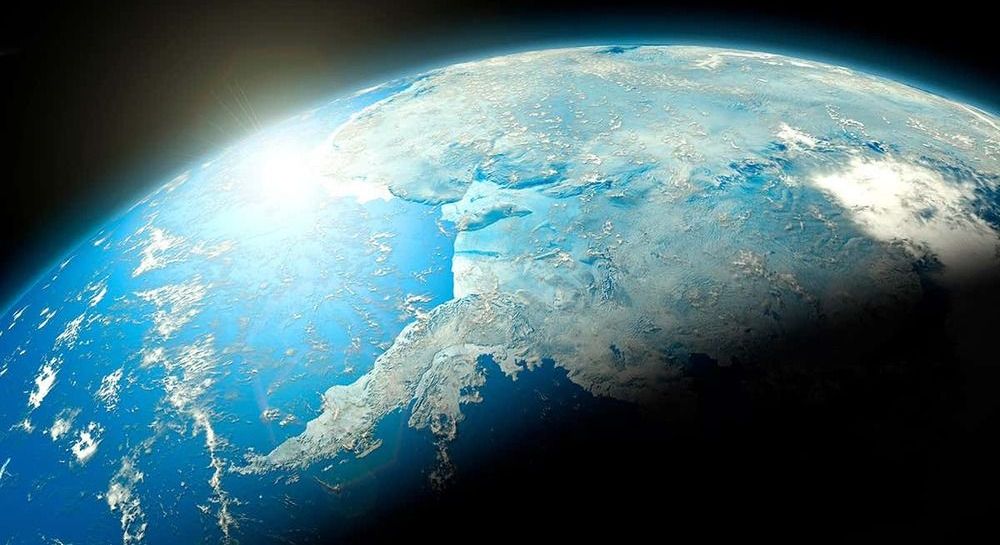

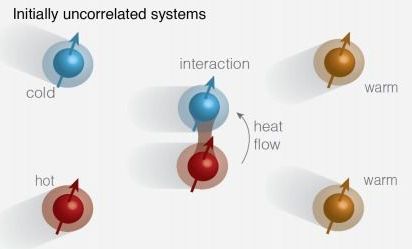
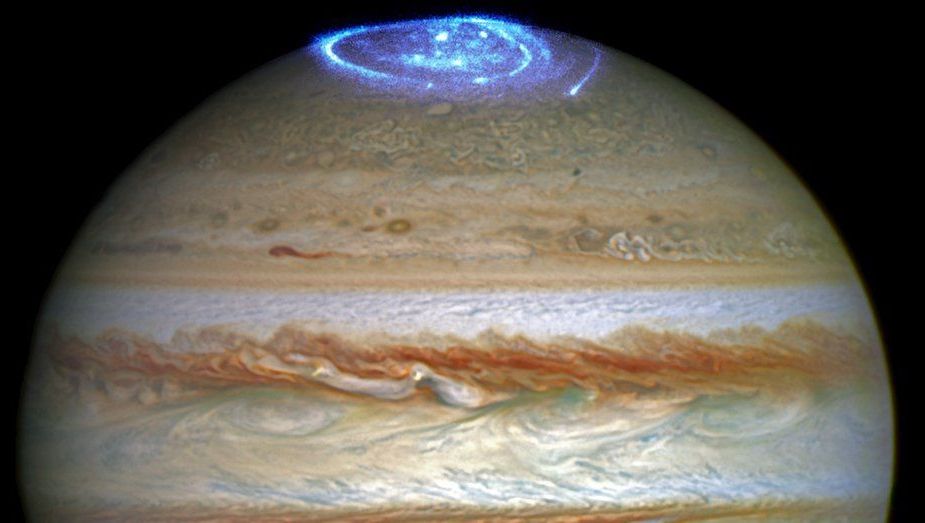
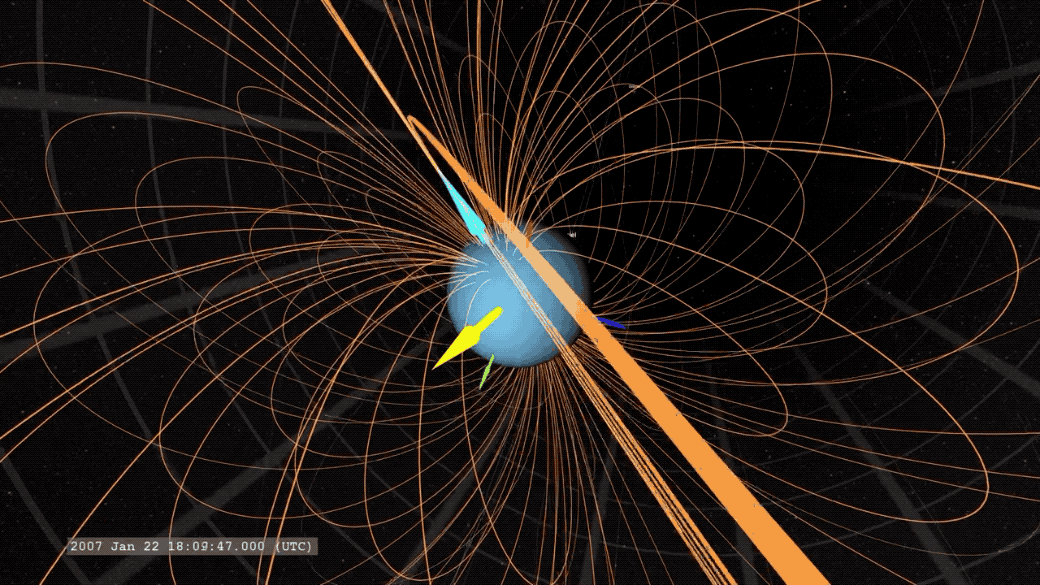
Greatings earthlings o.o!
Last week a four-day-long immersive show featuring robot puppets took place on the streets of Toulouse, France.
Sandia National Laboratories distinguished technical staff member Juan Elizondo-Decanini developed a new configuration for neutron generators by turning from conventional cylindrical tubes to the flat geometry of computer chips. The Neutristor is an ultra-compact, disposable, neutron generator 1000 times smaller than the closest competitor. The most practical application, and the most likely to be near-term, would be a tiny medical neutron source implanted close to a tumor that would allow cancer patients to receive a low neutron dose over a long period at home instead of having to be treated at a hospital. Elizondo-Decanini says the technology is ready to be licensed for some commercial applications, but other more complex commercial applications could take five to ten years.
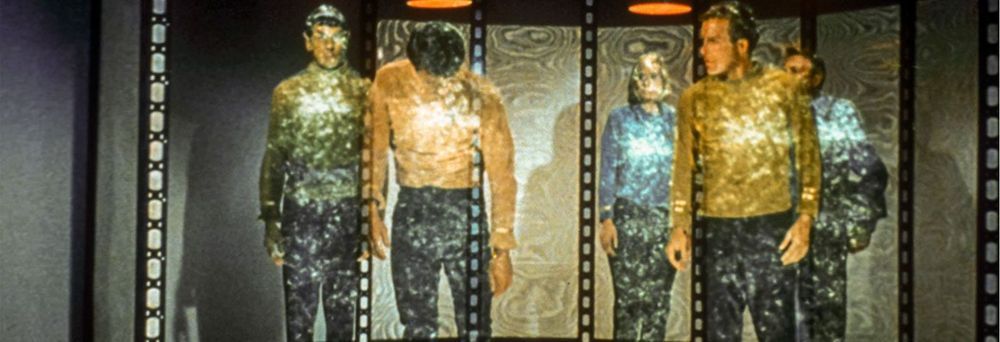
In 2005, the obituary of physicist Asher Peres in the magazine Physics Today told us that when a journalist asked him if quantum teleportation could transport a person’s soul as well as their body, the scientist replied: “No, not the body, just the soul.” More than just a simple joke, Peres’ response offers a perfect explanation, encoded in a metaphor, of the reality of a process that we have seen countless times in science fiction. In fact, teleportation does exist, although in the real world it is quite different from the famous “Beam me up, Scotty!” associated with the Star Trek series.
Teleportation in real science began to take shape in 1993 thanks to a theoretical study published by Peres and five other researchers in Physical Review Letters, which laid the foundation for quantum teleportation. Apparently, it was co-author Charles Bennett’s idea to associate the proposed phenomenon with the popular idea of teleportation, but there is an essential difference between fiction and reality: in the latter it’s not matter that travels, but rather information, which transfers properties from the original matter to that of the destination matter.
Quantum teleportation is based on a hypothesis described in 1935 by physicist Albert Einstein and his colleagues Boris Podolsky and Nathan Rosen, known as the EPR paradox. As a consequence of the laws of quantum physics, it was possible to obtain two particles and separate them in space so that they would continue to share their properties, as two halves of a whole. Thus, an action on one of them (on A, or Alice, according to the nomenclature used) would instantaneously have an effect on the other (on B, or Bob). This “spooky action at a distance”, in Einstein’s words, would seem capable of violating the limit of the speed of light.